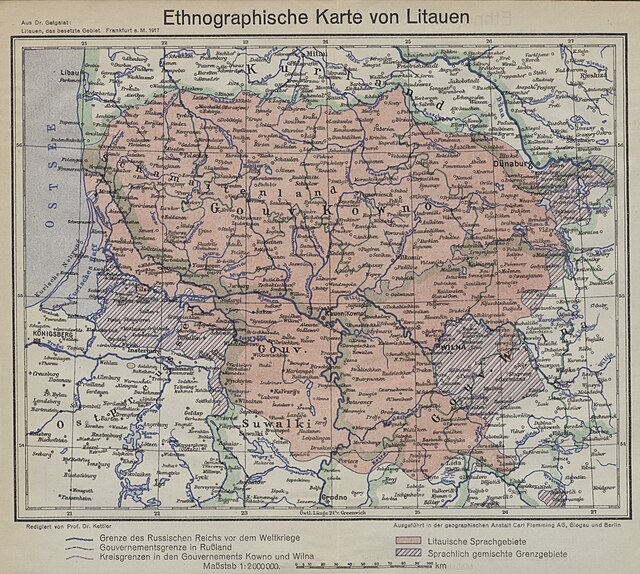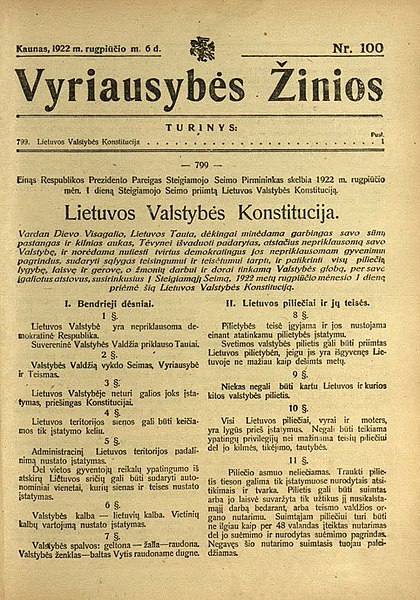Lithuanian National Revival
The Lithuanian National Revival, alternatively the Lithuanian National Awakening or Lithuanian nationalism, was a period of the history of Lithuania in the 19th century at the time when a major part of Lithuanian-inhabited areas belonged to the Russian Empire. It was expressed by the rise of self-determination of the Lithuanians that led to the formation of the modern Lithuanian nation and culminated in the re-establishment of an independent Lithuanian state. The most active participants of the national revival included Vincas Kudirka and Jonas Basanavičius. The period largely corresponded to the rise of romantic nationalism and other national revivals of 19th-century Europe.
Jonas Basanavičius, one of the revival leaders
Auszra formulated the ideas of nationalism
Lithuanian is an East Baltic language belonging to the Baltic branch of the Indo-European language family. It is the language of Lithuanians and the official language of Lithuania as well as one of the official languages of the European Union. There are approximately 2.8 million native Lithuanian speakers in Lithuania and about 1 million speakers elsewhere. Around half a million inhabitants of Lithuania of non-Lithuanian background speak Lithuanian daily as a second language.
The oldest surviving manuscript in Lithuanian (c. 1503), rewritten from a 15th century original text.
Ethnolinguistic area of Lithuanians and the Lithuanian language in 1917 by Prussian Lithuanian professor Vilius Gaigalaitis (Wilhelm Gaigalat), the dashed areas represent linguistically mixed border areas where Lithuanians formed a large minority
Title page of Vyriausybės Žinios with articles of the 1922 Constitution of Lithuania. The sixth article established Lithuanian as the sole official language of Lithuania.
Linguistic areal of the Lithuanian language in Russia and German Prussia by Ethnographer Franz Oskar Tetzner in 1902






